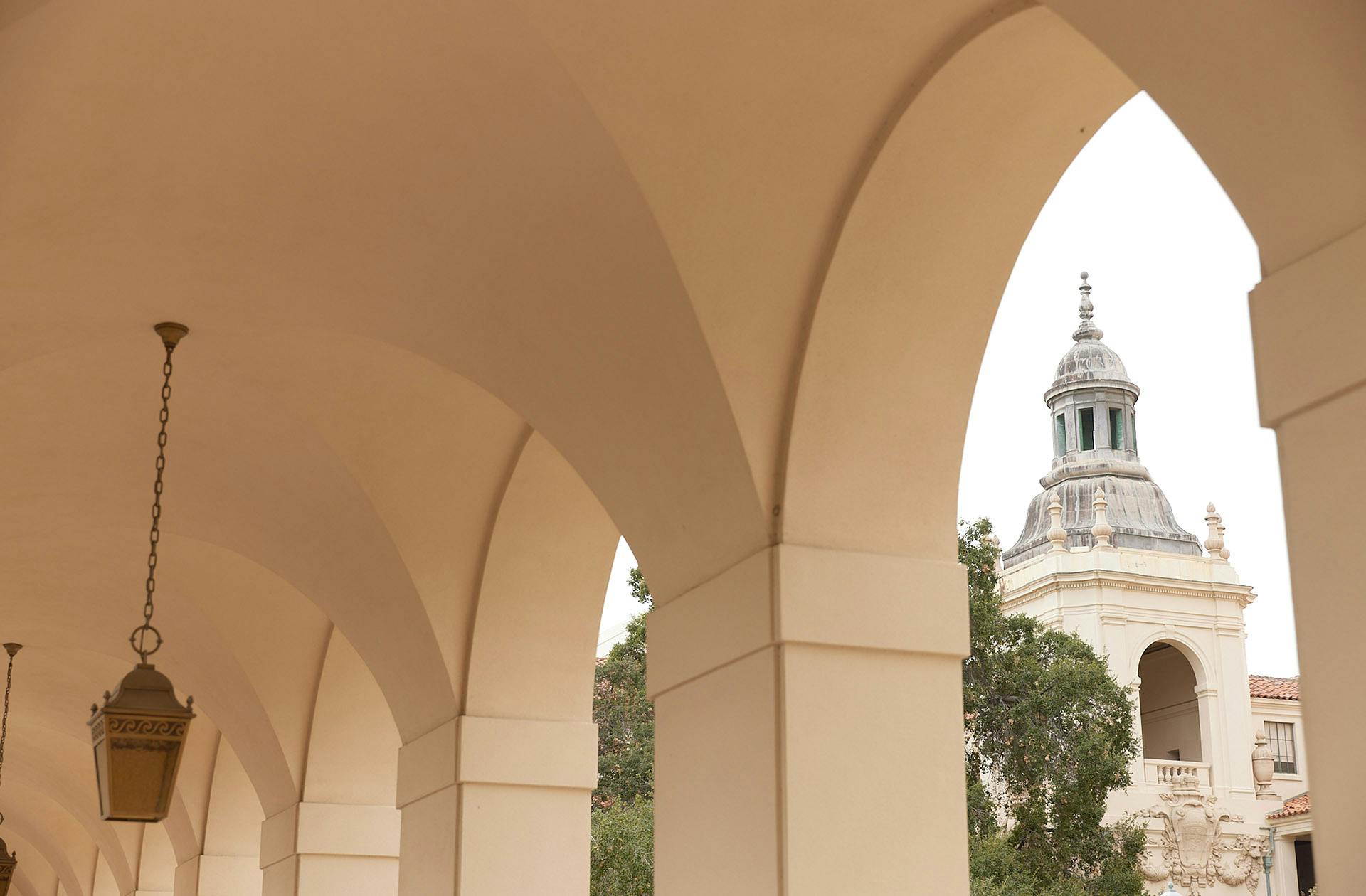Unlock the path to facial nerve restoration and recovery with expert care for facial nerve trauma from Dr. Panossian.
Types of Facial Nerve Trauma
Understanding the diverse forms of facial nerve trauma is crucial for comprehending its impact on facial function and determining appropriate treatment strategies. Learn about the types of facial nerve trauma:
- Neurotmesis: Neurotmesis refers to the complete disruption or severing of the facial nerve, leading to significant impairment of facial function. Without direct repair or nerve grafting, the facial nerve fails to regenerate normally, resulting in permanent paralysis.
- Neurapraxia: Neurapraxia involves temporary damage to the facial nerve due to blunt trauma or inflammation of adjacent tissues. While the nerve remains intact, temporary paralysis or weakness may occur. With proper management and time, neurapraxia often resolves, allowing for full recovery of facial function.
- Axonotmesis: Axonotmesis represents an intermediate form of nerve injury in which the structural framework of the nerve is preserved, but individual nerve fibers are damaged. This condition may lead to spontaneous regeneration of nerve fibers, but it can also result in unwanted side effects such as synkinesis, where facial muscles contract unintentionally during voluntary movements.
- Other Causes: Facial nerve trauma can arise from various sources, including sharp lacerations, dog bites, temporal bone fractures, birth trauma, severe blunt force trauma, gunshot wounds, and jaw fractures. Each type of trauma presents unique challenges and requires tailored treatment approaches to optimize outcomes.








